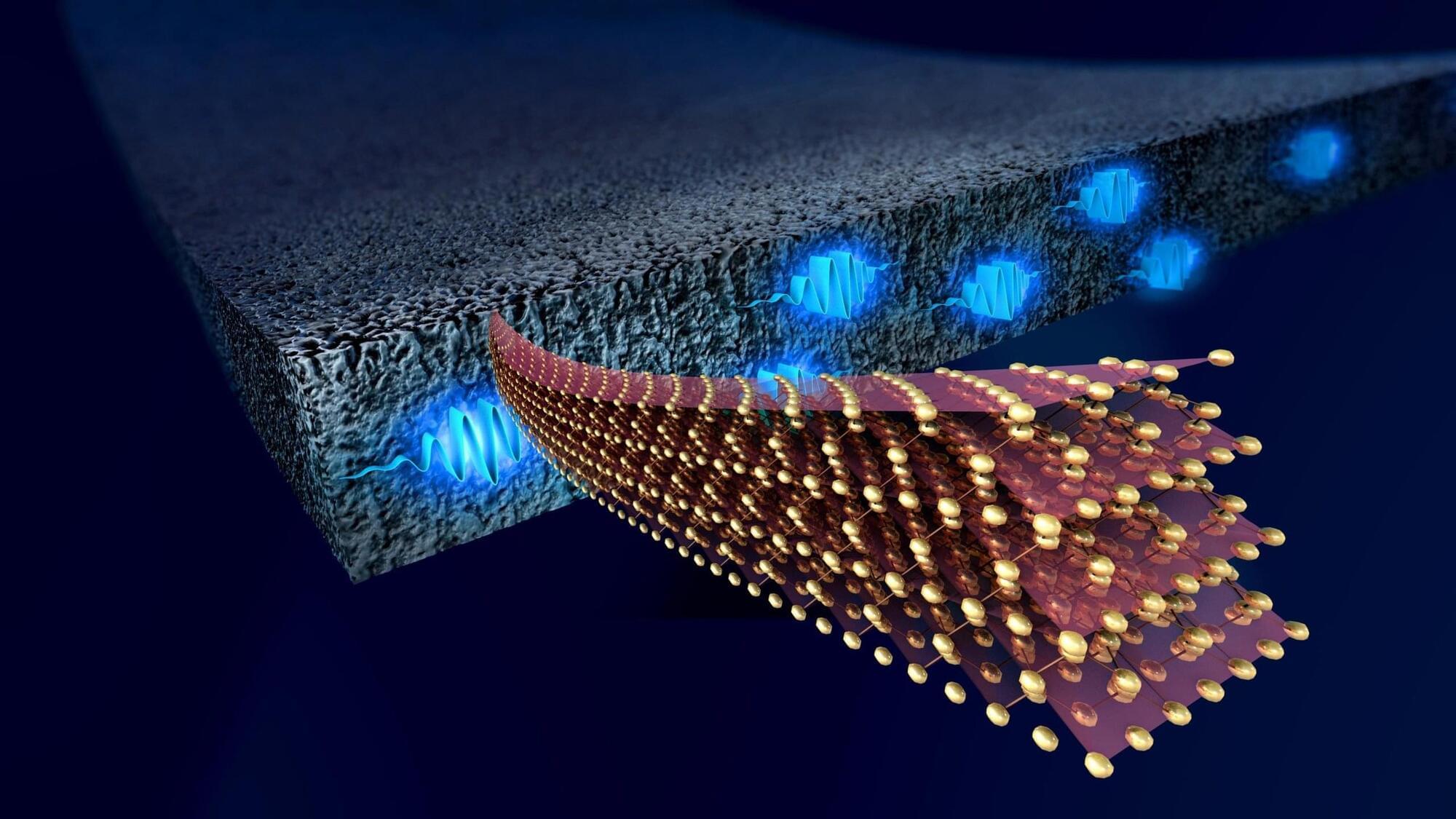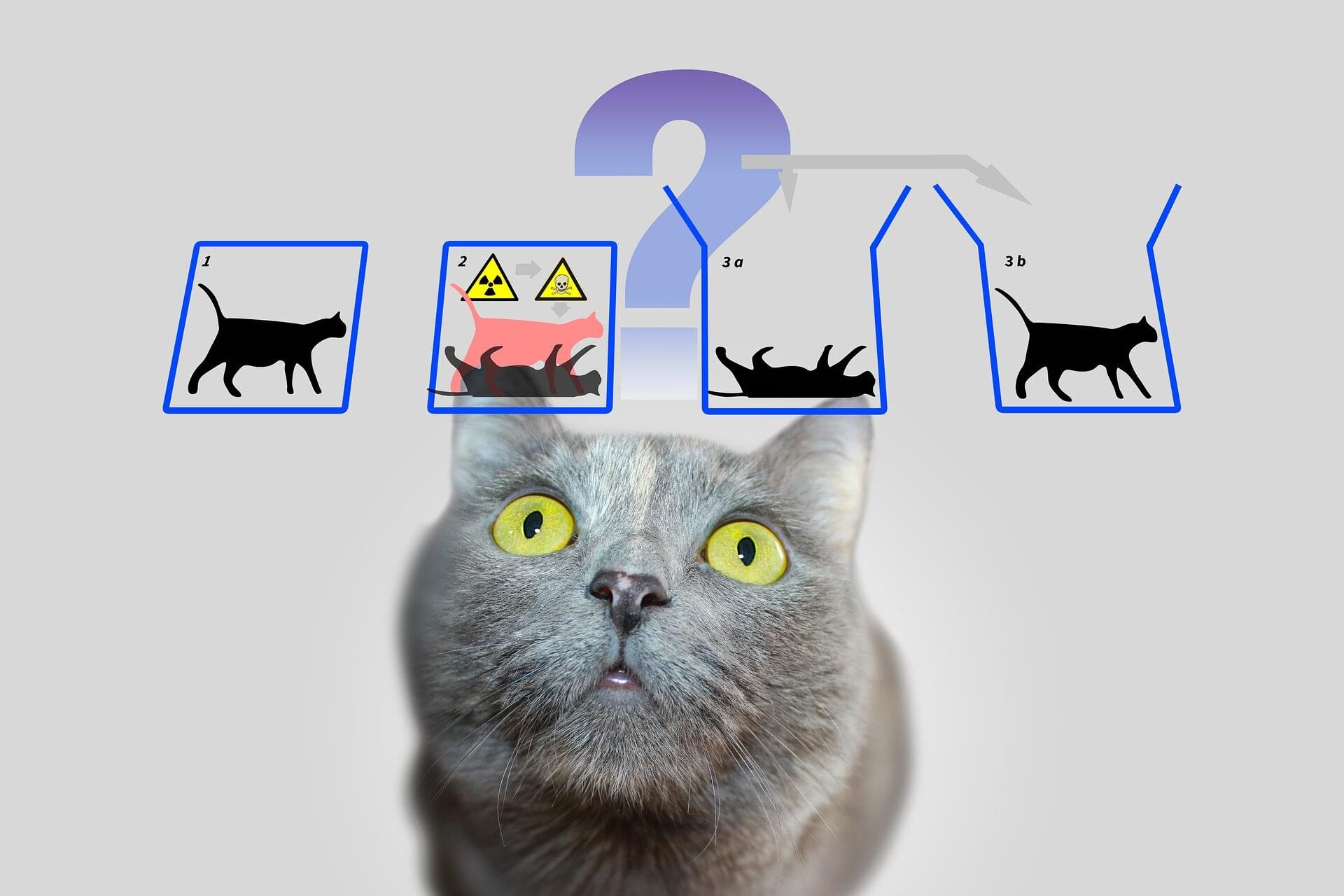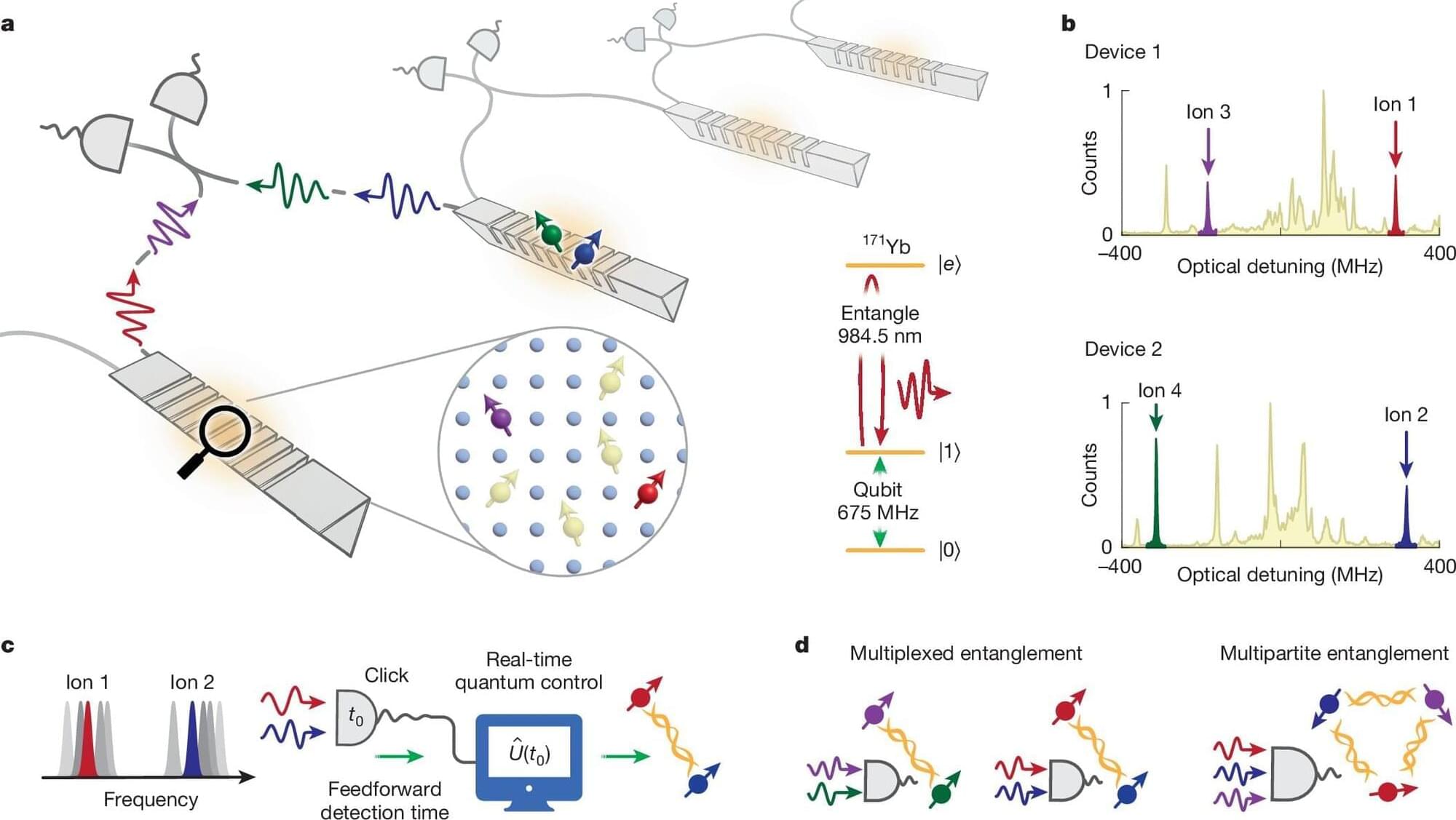Microbes, Ecology And Medicine — Dr. Sean M. Gibbons, Ph.D. — Associate Professor, Institute for Systems Biology (ISB)
Dr. Sean Gibbons, Ph.D. is Associate Professor at the Institute for Systems Biology (ISB — https://isbscience.org/people/sean-gibbons-phd/?tab=biography where his lab investigates how the structure and composition of evolving ecological networks of microorganisms change across environmental gradients, with a specific focus on how ecological communities in the gut change and adapt to individual people over their lifespans (i.e. host genotype, host development and host behavior) and how these changes impact human health (https://gibbons.isbscience.org/). His lab develops computational and experimental tools for investigating host-associated microbial communities to explore the interactions between ecology, evolution and ecosystem function, applying these insights to develop personalized interventions for improving human health and well-being.
Dr. Gibbons received his PhD in biophysical sciences from the University of Chicago in 2015, dual-advised by Jack Gilbert and Maureen Coleman. His graduate work focused on using microbial communities as empirical models for testing ecological theory.
Dr. Gibbons completed his postdoctoral training in Eric Alm’s laboratory in the Department of Biological Engineering at MIT from 2015–2018. His postdoctoral work focused on developing techniques to quantify individual-specific eco-evolutionary dynamics within the human gut microbiome.
Dr. Gibbons was awarded a Fulbright Graduate Fellowship to study microbiology and synthetic biology at Uppsala University in Sweden, where he earned a master’s degree in 2010. His PhD work was supported by an EPA STAR Graduate Fellowship. Upon joining the ISB faculty in 2018, his startup package was supported, in part, by a Washington Research Foundation Distinguished Investigator Award.







